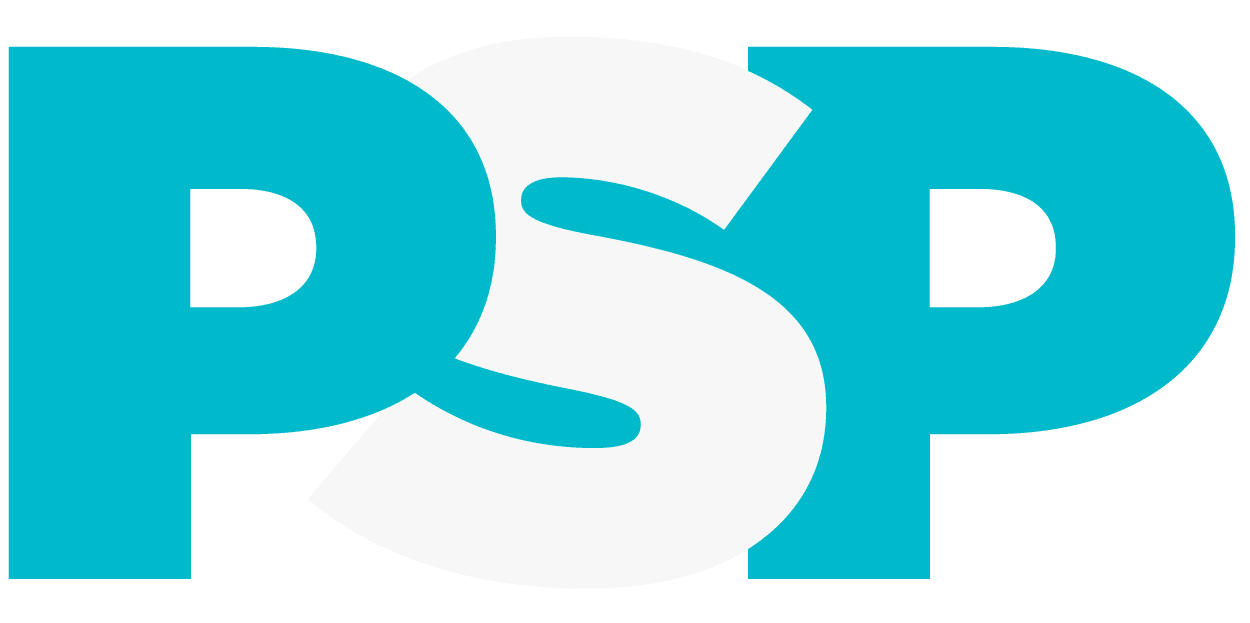Compounds linked to the circadian clock and collagen synthesis improve healing cell activity in the lab
Healing often leaves a scar. But the role of the scar itself in healing is often underestimated: A scar that doesn’t heal cleanly can be painful, upsetting, or affect the range of movement of the affected body part. It may even require further surgical treatment. Now, University of California-Los Angeles (UCLA) scientists have found that compounds which target the circadian clock and affect the synthesis of collagen could improve scar healing. The findings were published in the
“Our aim was to find compounds that were able to increase the rate at which dermal wounds heal while mitigating the formation of hypertrophic scars,” says Akishige Hokugo, DDS, PhD, the research director of the Regenerative Bioengineering and Repair Laboratory at UCLA Plastic and Reconstructive Surgery, and the corresponding study author of a study published to Frontiers in Medicine.
“Scars can result in emotional distress following normal wound healing by serving as permanent reminders of the initial incident,” adds Hokugo. “Accounting for additional revision procedures, extended hospital stays, and increased incidences of infection following surgical operations, hypertrophic scars cause a quantifiable burden to healthcare institutions.”
A Ticking Clock for Healing Wounds
Normal wound healing involves three stages: the inflammatory phase, the proliferative phase, and the maturation phase. During the first two, different kinds of cells migrate toward the wound. First, cells that protect against infection, and then cells that lower inflammation and help the skin rebuild itself. During this second phase, cells migrate to refill the wound and collagen is generated to provide structure. But excess collagen deposition leads to scars which are thicker, raised, and less elastic than the surrounding skin.
The scientists aimed to change the expression of a specific gene, Neuronal PAS domain 2 (Npas2). Npas2 is a core circadian gene, which means it helps regulate the natural rhythms of the body. Wounds that are received at different points in the circadian cycle heal at different rates, which is thought to be due to the links between circadian clock genes and the behavior of cells implicated in healing.
If the right cell types don’t reach a wound at the right time, healing is compromised. Mice—which are genetically modified, so the Npas2 gene doesn’t express itself—heal faster, with increased cell migration and less excessive collagen deposition.
“Previous experiments conducted in this area have shown that Npas2 knockout mice are able to produce significant decreases in total wound-healing time, yet the lack of circadian control throughout all body systems in these subjects is not transferrable to clinical implementation,” says Hokugo.
Testing Potential Treatments
The scientists chose five U.S. FDA-approved compounds believed to affect Npas2 to test whether they could modulate Npas2 to prevent the deposition of excess collagen and speed up wound healing. These compounds were named Dwn1, Dwn2, Dwn3, Dwn4 and Dwn5, and each was screened using mouse fibroblasts to show that they did suppress Npas2 expression before being applied to samples of scratched adult human dermal fibroblasts. Each different repeat of the experiment was conducted over 14 days, to monitor collagen development as it would happen for a real wound.
Although the last three compounds had no apparent effect on collagen synthesis, Dwn1 and Dwn2 successfully modulated both cell migration and collagen synthesis without damaging the fibroblasts, thus improving the speed of cell migration and minimizing excess collagen synthesis.
The authors caution that more studies are needed that explain how the compounds work to speed up healing, test whether they work in patients, and determine the appropriate doses. But if the results can be translated into medicines, they offer promise for cleaner healing and less scarring.
“We hope that this work serves as a foundation for future investigations into how collagen expression may affect dermal wounds and impact the efficiency of native wound-healing processes in postoperative patients,” concludes Hokugo.



